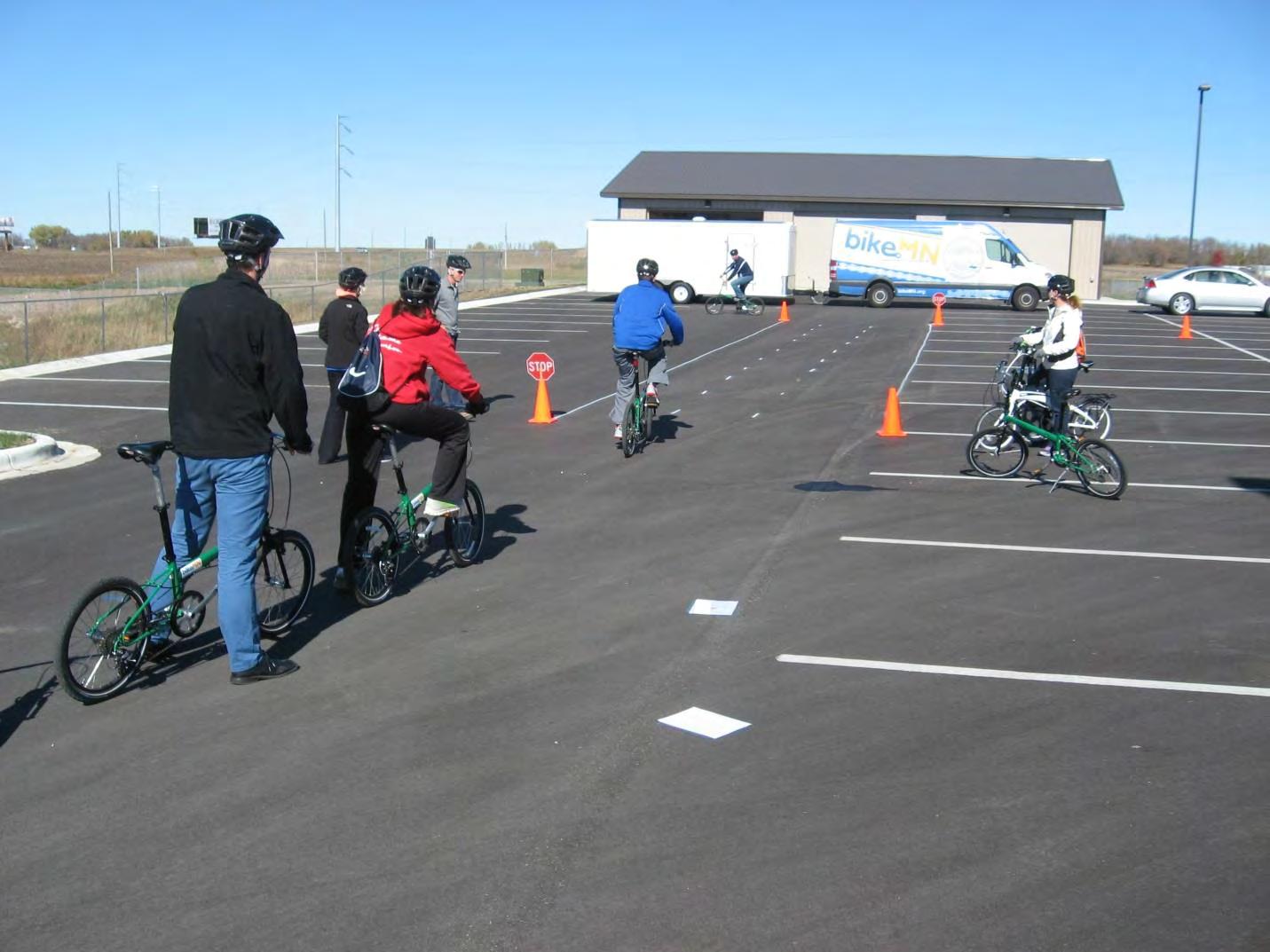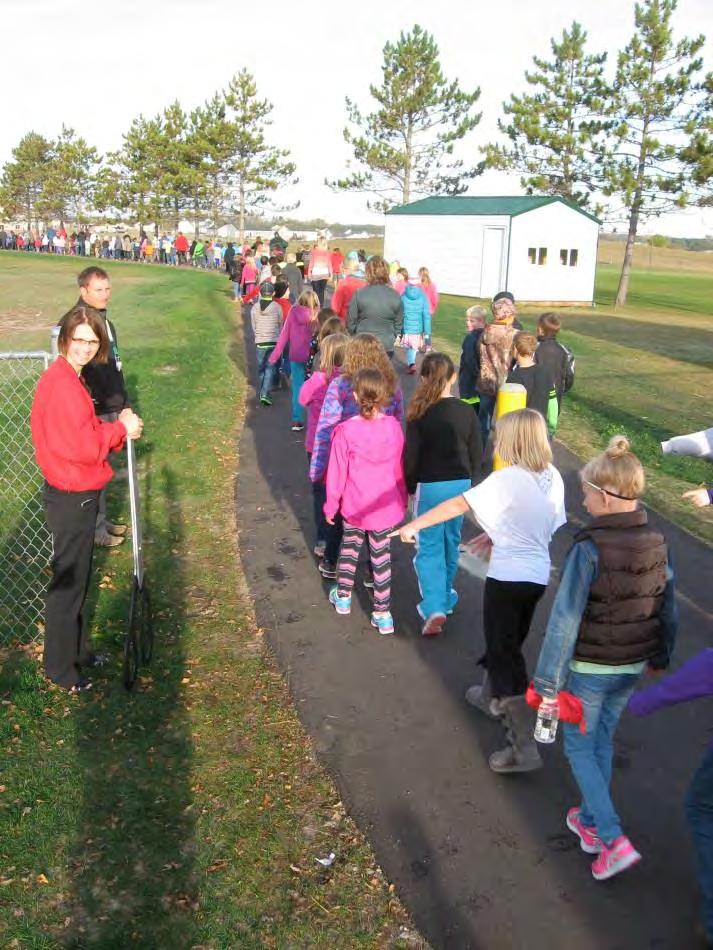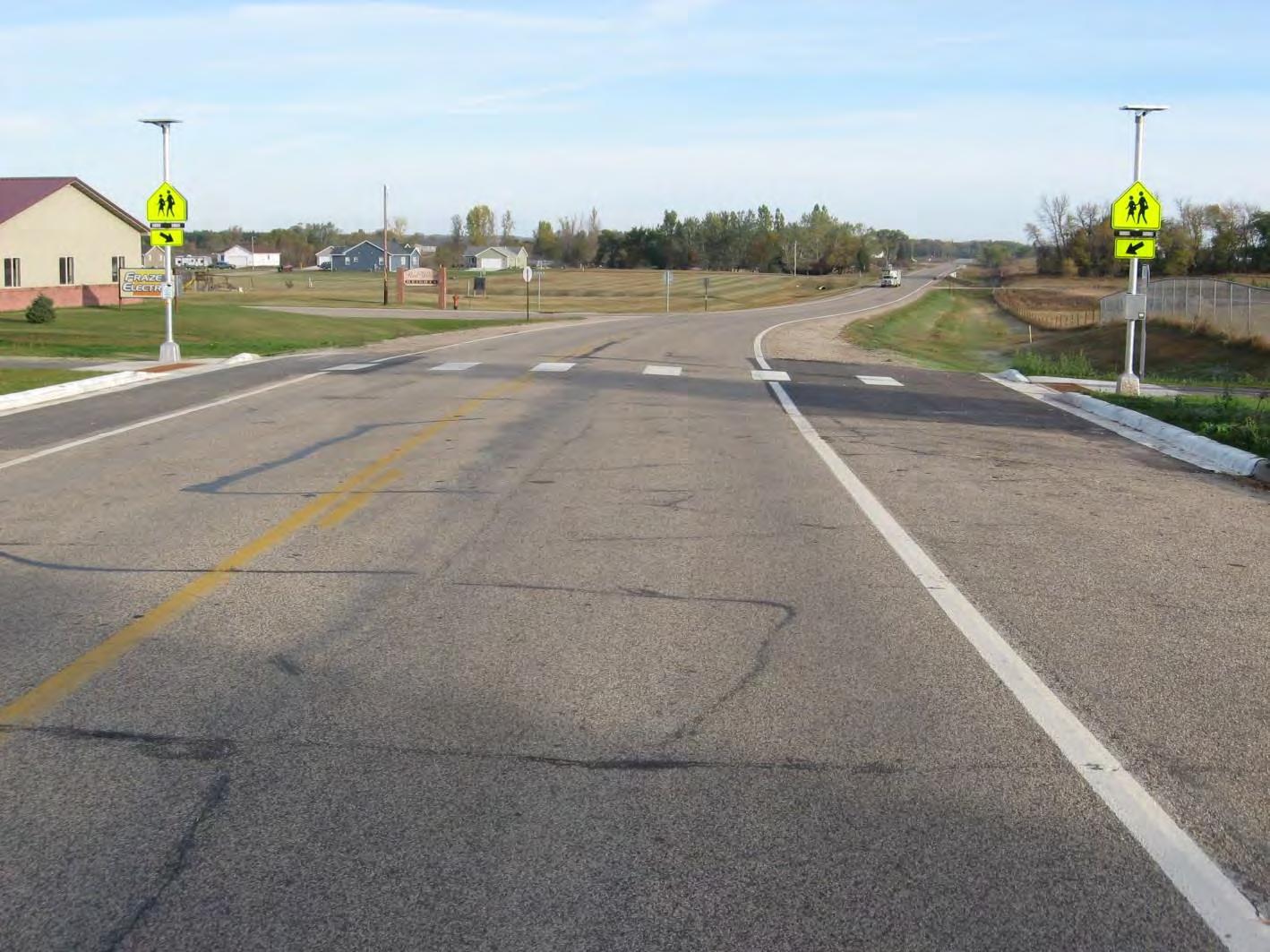
5 minute read
The 5 E’s of SRTS Planning
Despite these benefits, many children are not getting adequate physical activity. In the 2014 United States Report Card on Physical Activity for Children and Youth, the National Physical Activity Plan Alliance reports that only 24.8 percent of youth ages 12 -15 years obtain 60 minutes of moderate to vigorous physical activity every day. A 2014 CDC study reports that during the school day, only 4 percent of elementary schools and 8 percent of middle/junior high schools provide daily physical education classes, and in 2012 only 58.9% of all school districts required that ele mentary schools provide students with regularly scheduled physical activity. Unfortunately, less active children are more likely to be overweight, according to the American Academy of Pediatrics.
When it comes to children's health, the costs of inadequate physical activity and poor eating habits are alarming. Inadequate physical activity and poor eating habits are major contributors to the increased rates of childhood obesity and overweight in the United States. Obese children are at least twice as likely to become obese adults. According to both a 2003 report by the American Academy of Pediatrics and a 2015 CDC, this puts obese children at greater risk for premature death and chronic diseases than their healthy-weight counterparts.
- National Center for Safe Routes to School. (2015) SRTS Guide – Health Risks4
T H E 5 E’ S OF SR T S PLA NNI NG
Safe Routes to School (SRTS) programs are intended to improve the health and well-being of children by enabling and encouraging them to walk and bicycle to school. The recommendations outlined in this plan are based on the “5 Es” of the National SRTS program, which include Education, Encouragement, Enforcement, Engineering, and Evaluation. An integrated approach, each one of the “5 Es” is intended to complement one another. Below is a detailed description of the “5 Es”.
4
National Center for Safe Routes to School. SRTS Guide – Health Risks. 2015. Available at http://guide.saferoutesinfo.org/introduction/health_risks.cfm. Accessed on December 22, 2015.
Chapter 2: About Safe Routes to School (SRTS) | P a g e 39
EDUCATION
Programs focused on education can have long-lasting effects on students that continue into adulthood. Education programs that teach students safety skills for walking and bicycling also form the basis of good driving skills they may need in the future. Programs should also target parents and other drivers to inform them how to drive more safely around pedestrians and bicyclists. A few examples of possible education strategies are bicycle rodeos that teach safe bicycling skills, classroom lessons focused on traffic safety, takehome flyers informing parents of the rules and regulations regarding student pick-up and drop-off at the school, the Minnesota Walk! Bike! Fun! program, and thoughtfully placed billboards with safety messages targeting drivers.
Figure 13: Bike MN instructors demonstrate to teachers how to do on-bike skill drills in a parking lot at the Rothsay, MN School.
P a g e 40 | Chapter 2: About Safe Routes to School (SRTS)
ENCOURAGEMENT
Encouragement strategies are focused on getting students to try walking and bicycling to school and in turn, to celebrate and reward students for their efforts. These strategies can be low-cost, easy to implement and fun for students. Examples of encouragement activities include walking school buses and organizing events such as “Walk to School Day” (in October) and “Bike to School Day” (in May) to encourage students to try walking and biking to school.
ENFORCEMENT
The primary goals of enforcement strategies are to help reduce unsafe behaviors by drivers, pedestrians and bicyclists; and to increase awareness of laws protecting children who are walking and bicycling. Enforcement strategies include students, parents and school personnel working in conjunction with law enforcement officers. Examples of enforcement activities include the installation of digital speed feedback signs, adult or student safety patrol, crossing guards and educational “stings” that inform motorists of the dangers of seemingly minor traffic infractions without issuing tickets.
Figure 14: Hundreds of Frazee, MN students along with teachers, parents, local officials, including police participate in International Walk to School day by walking on the new multi-use trail. The trail was built after it was identified in a SRTS plan as a possible valuable connector between a new neighborhood and the school (as well as downtown).

ENGINEERING
Engineering involves the planning and implementation of physical improvements to the built environment that make it safer and more attractive for students to walk and bicycle to and from school. For example, providing a designated space for pedestrians, such as sidewalks, has been proven to reduce pedestrian crash risks. Up to an 88 percent reduction in ‘walking along the roadway’ pedestrian crashes has been seen with
Chapter 2: About Safe Routes to School (SRTS) | P a g e 41
the installation of sidewalks on both sides of the road.5 However, engineering projects are most successful when used in conjunction with education, encouragement and enforcement strategies. Partnering with engineers and planners is crucial to the successful implementation of projects. Examples of engineering strategies include adding bicycle racks, installing fully-accessible crosswalks, sidewalks and multi-use trails, traffic calming, bicycle lanes, signs and signals, as well as other infrastructure.

Figure 15: This crosswalk is equipped with a pedestrian (push button) activated, solar-powered Rectangular Rapid Flashing Beacon (RRFB). It is located in Frazee, MN and crosses County Road 12 near the north entrance into town. It is a prime example of an engineering SRTS solution. It was installed as part of a new trail that allows students to get to school in a more direct and safer manner. Once a pedestrian presses the button located on the sign posts, super - bright yellow LED lights flash in an eye-catching “wiggle” pattern under both signs and in both directions. Otherwise, the LED lights remain turned off as seen in this photo. Driver compliance rates for crosswalks with RRFBs are significantly higher th an at crosswalks without them, and can be relatively inexpensive to install.
5
US Department of Transportation – FHWA. An Analysis of Factors Contributing to “Walking Along Roadway” Crashes: Research Study and Guidelines for Sidewalks and Walkways. 2002. Report No. FHWA-RD-01-101, FHWA, Washington D.C.
P a g e 42 | Chapter 2: About Safe Routes to School (SRTS)





